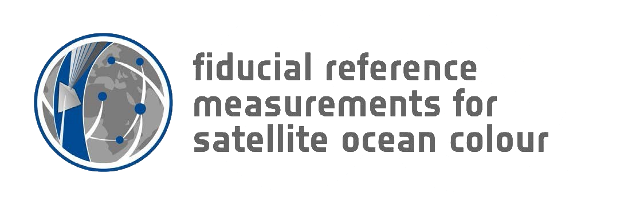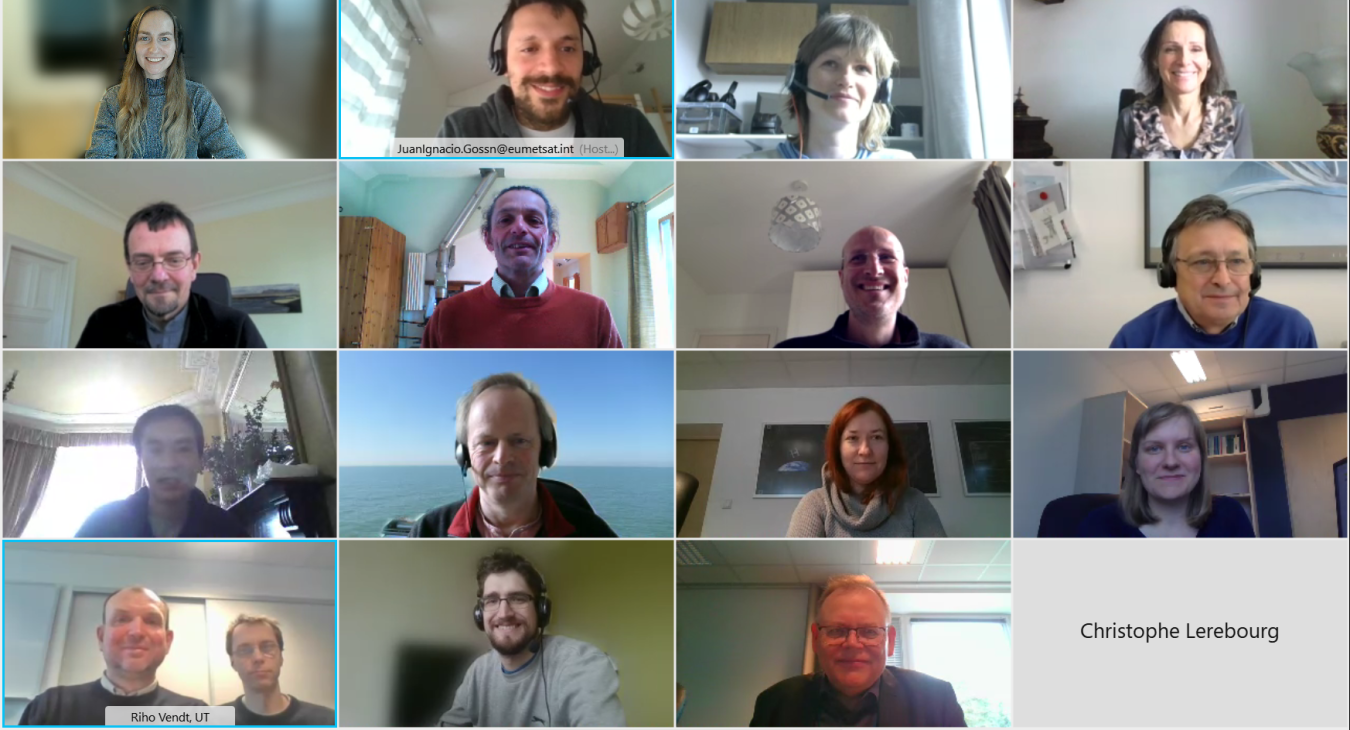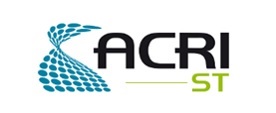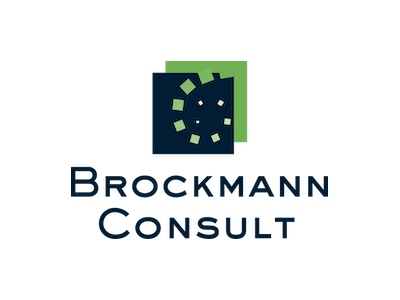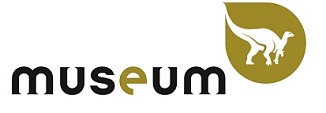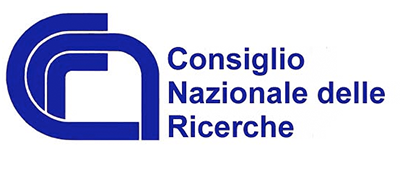By Kairi Janson
Satellite data is a fundamental source of information for Earth observation scientists and plays a major role in the design of policies aimed at maintaining the good health of our planet. In particular, ocean colour measurements provide information on assessing the health and productivity of marine ecosystems as well as the role of oceans in the global carbon cycle. The collected satellite data needs to be compared to reference measurements close to the water surface in order to become reliable. In this context, the main goal of the FRM4SOC phase-2 study, an EUMETSAT project launched in April 2021, is to provide continuous development and adoption of quality principles for such reference measurements.
Modern society requires more and more natural resources. Even if these are becoming scarce, our global population continues to grow, thus generating an ever-increasing demand for safe living space, fresh water, fertile land, and clean air. Every decision taken towards the protection of these resources has a vital significance for our survival and sustainable development.
Decision-making relies on the ability of expert communities to utilize Earth observation data, which must in turn be as accurate and precise as possible. A huge amount of data is collected continuously to monitor our planet’s health. Measuring and analysing spectra of reflected light emerging from the surface of waterbodies and reaching remote sensors enables us to evaluate the health of the ecosystem. From this colourful reflected light many properties of the water quality can be quantified, such as the distribution of organic matter, the occurrence of algal blooms – which may be potentially toxic –, water pollution, etc. Remote sensors such as the ones launched and maintained by the European Union's Earth Observation Programme Copernicus enable to gather data from large as well as hardly accessible areas.
“Just like we expect medical tests to be reliable and of high quality, we also need to guarantee the reliability of the research done to examine the health of our planet,” said Riho Vendt, manager of the EUMETSAT FRM4SOC-2 project and associate professor at Tartu Observatory, University of Tartu.
Such fiducial reference measurements with very high quality standards provide a very accurate and precise measure of the actual conditions of Earth’s waterbodies during the satellite overpass, what we call ground truth. These fiducial ground truth measurements are the best means of validating – as well as calibrating – the information that is provided by missions such as Sentinel-3, belonging to the Copernicus Programme. Fiducial Reference Measurements (FRM) must be traceable to the International System of Units (SI) – in a similar way to the seconds counted by your clock, or the meters measured with your home ruler –, and must be reported with their corresponding uncertainty estimation. FRMs must also follow precise measurement protocols and be freely available for scrutiny.
The FRM4SOC phase 2, whose phase 1 was funded by the European Space Agency, focuses on ensuring the reliability of satellite ocean colour (SOC) data. The activities of the project include describing the measurement methods, calibrating the instruments to measure the colour of the water – called radiometers –, organising intercomparison measurement campaigns, creating measurement networks, databases, and more. The project also relies on work done previously over decades by several teams worldwide (IOCCG, ESA, NASA SIMRIC, SIRREX-1 … -8).
The results of the FRM4SOC phase 1 are published as a special issue of Remote Sensing: https://doi.org/10.3390/books978-3-03943-065-9.
The project is funded by the European Commission and coordinated by EUMETSAT. The consortium is led by Tartu Observatory, University of Tartu (Estonia). Project partners are Brockmann Consult GmbH (Germany), Plymouth Marine Laboratory (United Kingdom), National Physical Laboratory (United Kingdom), ACRI-ST (France), and the Royal Belgian Institute of Natural Sciences.

